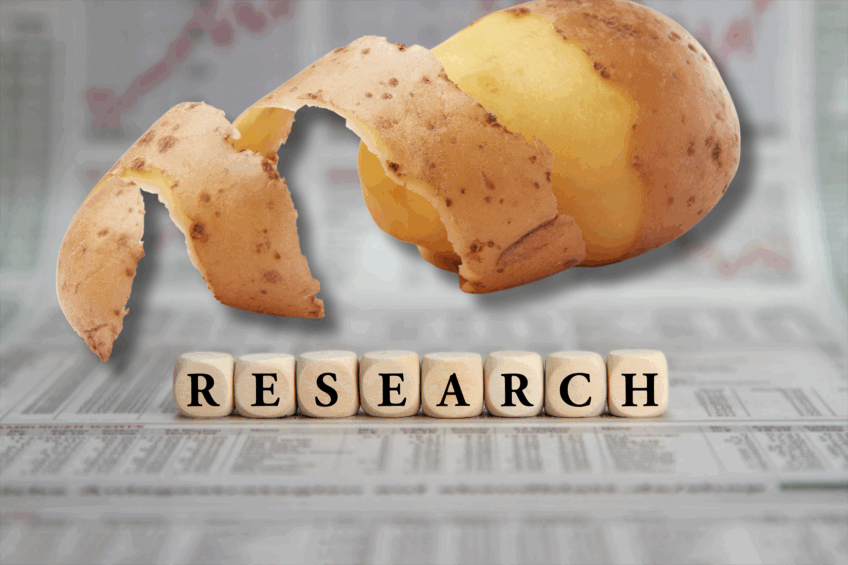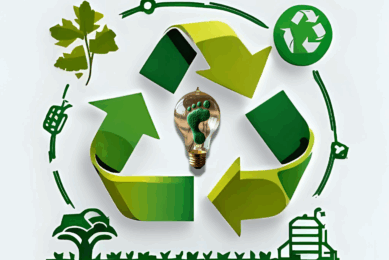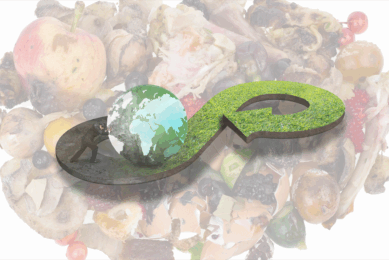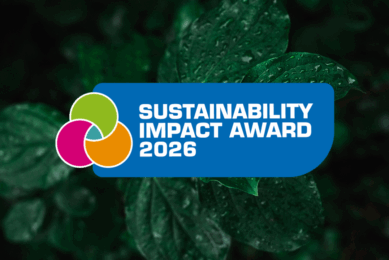Kazakh scientists turn potato waste into sustainable livestock feed

A team of researchers in Kazakhstan have patented a method to turn potato waste into animal feed. By combining crushed potatoes with grains and plant extracts, the technology improves digestibility, reduces waste, and offers a more sustainable option for livestock nutrition.
Under the developed technology, the researchers mix waste with phytogenic additives to improve feed digestibility.
“The essence of the invention is that non-varietal potatoes are crushed to a fraction of 1-3 cm, squeezed to a moisture content of 30-50%, mixed with barley, wheat, oats, triticale, corn, peas, both separately and in combination with each other in crushed or whole form,” Yuri Baldzhi, candidate of veterinary sciences, acting professor of the Department of Veterinary Sanitation at the Saken Seifullin KATIU.
“Phytogenics are added to the mixture in the form of 20% extract of wormwood and 10% extract of balsam poplar buds, made by extraction on a Soxhlet apparatus or by infusion, which are pre-diluted in water,” Baldzhi added.
Promise and pitfalls of potato waste
Several studies held in the Soviet Union showed high potential of potato waste, including peels, cull potatoes, and processing byproducts, as a valuable feed component for various livestock. Potato waste proved to be a good source of energy, having the potential to partially replace traditional feed sources like barley.
The traditional challenges related to the use of potato waste as a feed component include high moisture content, potential for bacterial contamination, and the presence of toxic compounds like solanine. In addition, proper treatment and feed formulation planning are required to ensure a sufficient feed conversion ratio.
Special treatment overcomes potato feed challenges
According to Baldzhi, the scientists developed the treatment technology, allowing them to overcome the existing issues.
The feed composition is mixed for up to 15 minutes and extruded at a temperature of up to 150℃, while to obtain a granulated product, extrusion is carried out using a granulating unit with matrices from 4 to 12 mm.
The resulting extruded granules are cooled in a dryer or left to cool at natural temperature for up to 24 hours, Baldzhi said.
Lowering environmental footprint
The preliminary studies showed that the developed technology allowed for the more rational use of potato waste, which lowers the environmental footprint of agriculture, and also helps to increase the productivity of farmed animals.
However, scientists have not provided any details on whether they have carried out field trials of their technology.











